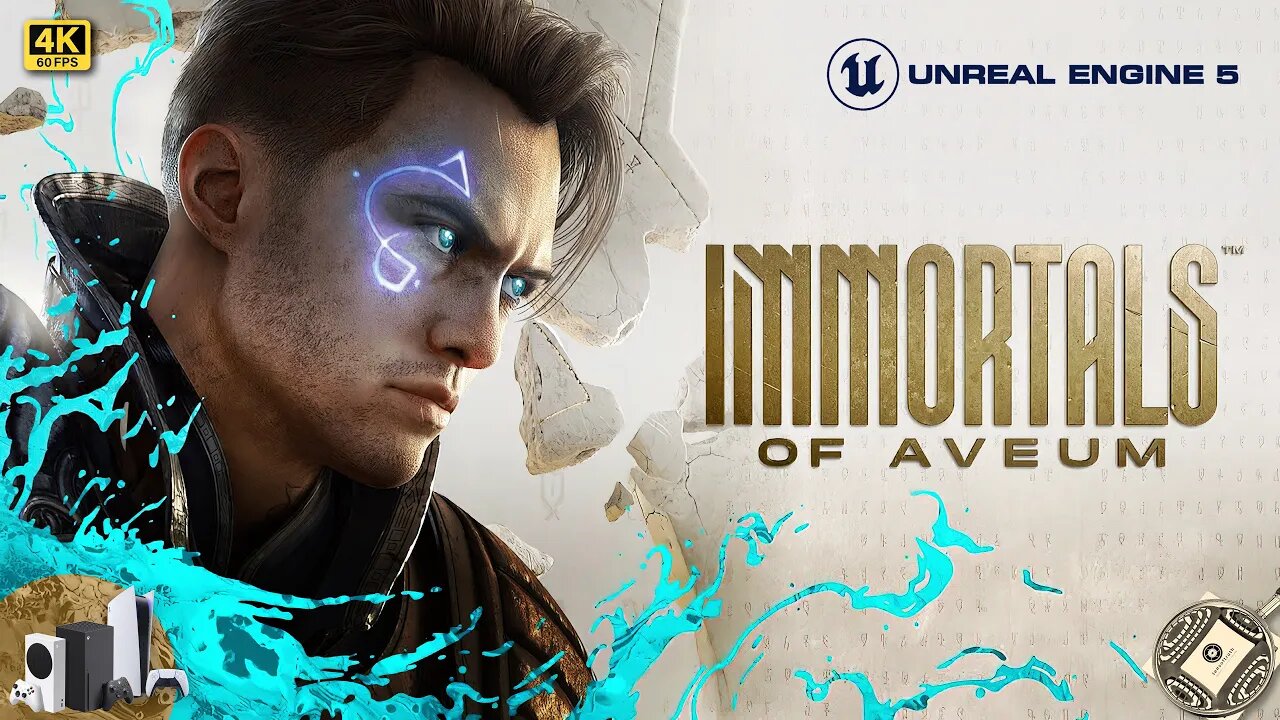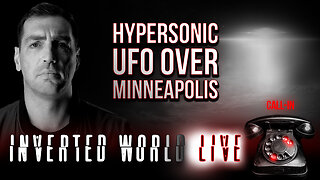Premium Only Content

Immortals of Aveum Tech Analysis on Xbox Series S/X and PS5 - Unreal 5
Analysis of performance and image quality of Immortals of Aveum on Xbox Series S/X and PS5.
Index:
Intro 00:00
Frame Rate 00:09
Resolution 02:14
Draw Distance 03:54
Frame Rate 04:54
Reflections 06:59
Shadows 07:59
Frame Rate 08:59
Textures 11:04
Loading 12:04
Conclusions 12:38
Xbox Series S Tech Specs 13:12
Xbox Series X Tech Specs 13:22
PS5 Tech Specs 13:32
Technical dictionary:
- Draw Distance:
In computer graphics, draw distance (render distance or view distance) is the maximum distance of objects in a three-dimensional scene that are drawn by the rendering engine. Polygons that lie beyond the draw distance will not be drawn to the screen.
- AMD FidelityFX™ Super Resolution (FSR):
FidelityFX Super Resolution (FSR) is used to upsample an input image into a higher resolution. There are two versions of FSR with distinctive upscaling technique and image quality.
FSR 1 is a spatial upscaler based on the Lanczos algorithm* requiring an anti aliased lower resolution image.
FSR 2 and 2.1 is a temporal upscaler based on a modified Lanczos* requiring an aliased lower resolution image and utilising the temporal data (such as motion vectors and frame history) and then applies its own anti aliasing pass which replaces the game's temporal anti-aliasing solution.
Quality Preset Scale Factor Render Scale
Performance 2.0x 50.0% (e.g. for 4k: 1080p upscale to 2160p with FSR)
Balanced 1.7x 58.8% (e.g. for 4k: 1270p upscale to 2160p with FSR)
Quality 1.5x 66.6% (e.g. for 4k: 1440p upscale to 2160p with FSR)
* The Lanczos algorithm is an iterative algorithm invented by Cornelius Lanczos that is an adaptation of power methods to find eigenvalues and eigenvectors of a square matrix or the singular value decomposition of a rectangular matrix. It is particularly useful for finding decompositions of very large sparse matrices.
- Screen Space Reflections (SSR):
Screen space reflections (SSR): a more expensive technique that traces reflection rays in screen space (as opposed to world space in e.g. ray tracing). This is done for each rendered pixel of the reflected surface, using the surface normal and scene depth.
The disadvantage is that objects not captured in the rendered frame cannot appear in the reflections, which results in unresolved intersections and incomplete reflection image.
- Ray-Traced Reflections
Ray-Traced Reflections is a more accurate ray-traced solution to Screen Space Reflection technique (that traces reflection rays in screen space), ray tracing traces reflection rays in world space.
The disadvantage of the technique using ray tracing is the need for a dedicated hardware for accelerating the calculations needed to perform the feature.
- Shadow Mapping
Shadow mapping or shadowing projection is a process by which shadows are added to 3D computer graphics. This concept was introduced by Lance Williams in 1978, in a paper entitled "Casting curved shadows on curved surfaces."[1] Since then, it has been used both in pre-rendered and realtime scenes in many console and PC games. Shadows are created by testing whether a pixel is visible from the light source, by comparing the pixel to a z-buffer or depth image of the light source's view, stored in the form of a texture.
- Simple Shadow Mapping
Simplest possible implementation of Shadow Mapping, without any smoothing or additional features.
- Soft Shadows Mapping
Soft shadows are typically rendered in games by using shadow mapping and Percentage Closer Filtering with a uniform kernel size. The Percentage-Closer Soft Shadows (PCSS) algorithm computes a variable kernel size based on the distance between the relative position of the receiver point, an approximation of the blocker, and the area light.
- Ray-traced Shadows
Ray-traced shadows are generated by tracing the path of rays sampled from a light source. Ray-traced shadows are more accurate than shadow-mapped shadows. All ray-traced shadows are world space shadows.
- Unreal Engine 5 Nanite
Nanite is Unreal Engine 5's virtualized geometry system which uses a new internal mesh format and rendering technology to render pixel scale detail and high object counts. It intelligently does work on only the detail that can be perceived and no more. Nanite's data format is also highly compressed, and supports fine-grained streaming with automatic level of detail.
- Unreal Engine 5 Virtual Shadow Maps
Virtual Shadow Maps (VSMs) is the new shadow mapping method used to deliver consistent, high-resolution shadowing that works with film-quality assets and large, dynamically lit open worlds using Unreal Engine 5's Nanite Virtualized Geometry, Lumen Global Illumination and Reflections, and World Partition features.
-
 1:41:55
1:41:55
MattMorseTV
1 day ago $27.61 earned🔴Trump meets with GOP Senators over SHUTDOWN. 🔴
26.2K61 -
 24:23
24:23
Nikko Ortiz
2 days agoArmy Officers Might Need Help...
21.4K10 -
 6:14
6:14
Dr Disrespect
1 day agoDr Disrespect Goes for 100 KILLS in Battlefield 6
94.1K11 -
 18:28
18:28
GritsGG
12 hours agoINSANE 50 Bomb! Warzone's Most Winning Player FRIES Bot Lobby!
23 -
 LIVE
LIVE
Lofi Girl
2 years agoSynthwave Radio 🌌 - beats to chill/game to
120 watching -
 56:38
56:38
DeProgramShow
5 days agoDeprogram with Ted Rall and John Kiriakou: "Jake Tapper on the Global Hunt for an Al Qaeda Killer”
64.2K7 -
 3:44:21
3:44:21
FreshandFit
10 hours agoCan They Give A Man What They Never Gave Before? ft. Charleston White, Aaron The Plumber & Dom Lucre
208K61 -
 2:29:28
2:29:28
Badlands Media
13 hours agoDevolution Power Hour Ep. 400: The 400th Episode Celebration – Trump’s Gamble, Biden’s Fall, and the Great American Reckoning
70.9K35 -
 2:05:10
2:05:10
Inverted World Live
6 hours agoHypersonic UFO Over Minneapolis | Ep. 128
74.6K13 -
 2:50:41
2:50:41
TimcastIRL
7 hours agoDemocrat Press IS DEAD, Timcast JOINS Pentagon Press Corps Sparking OUTRAGE | Timcast IRL
226K93